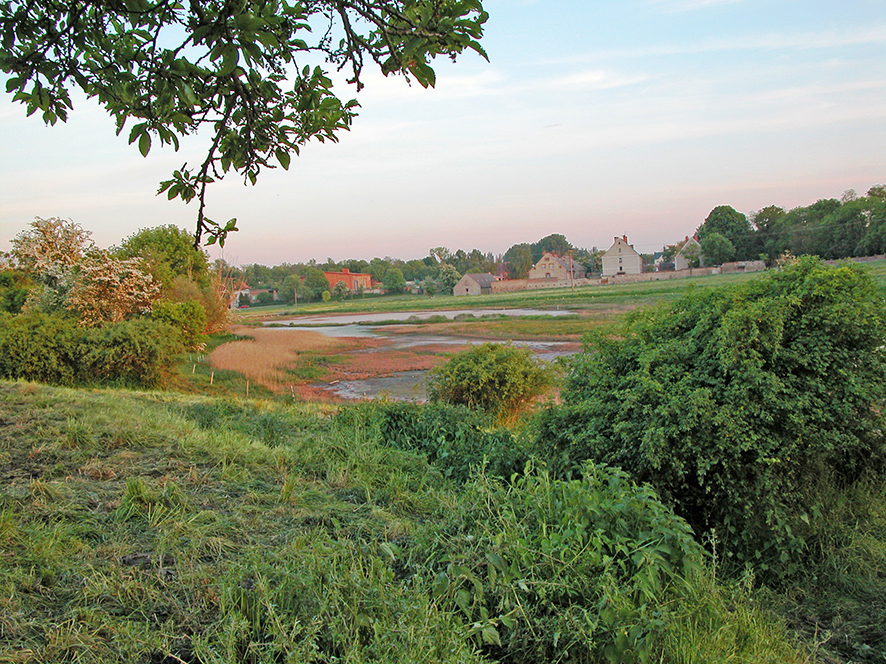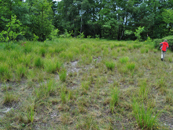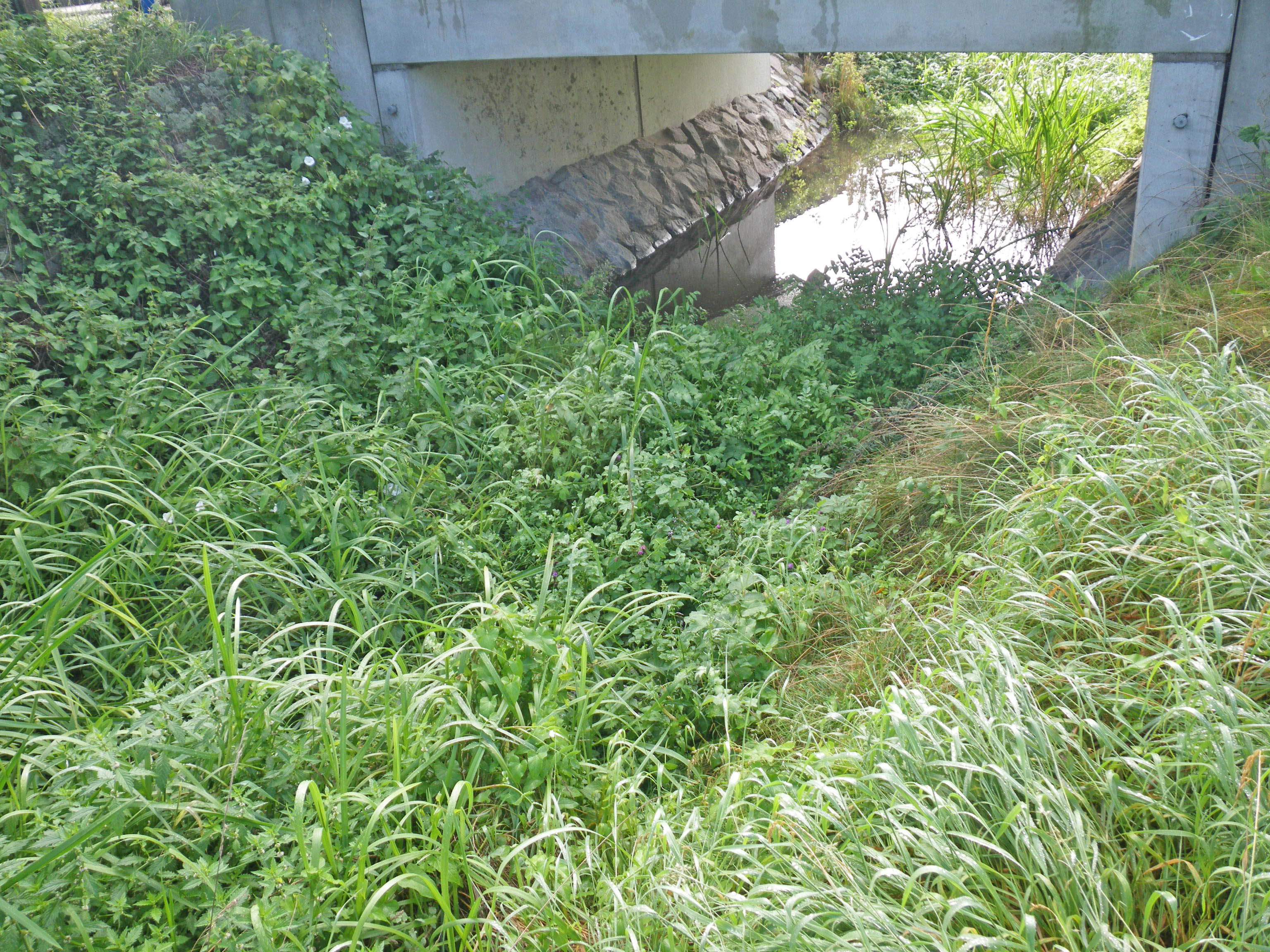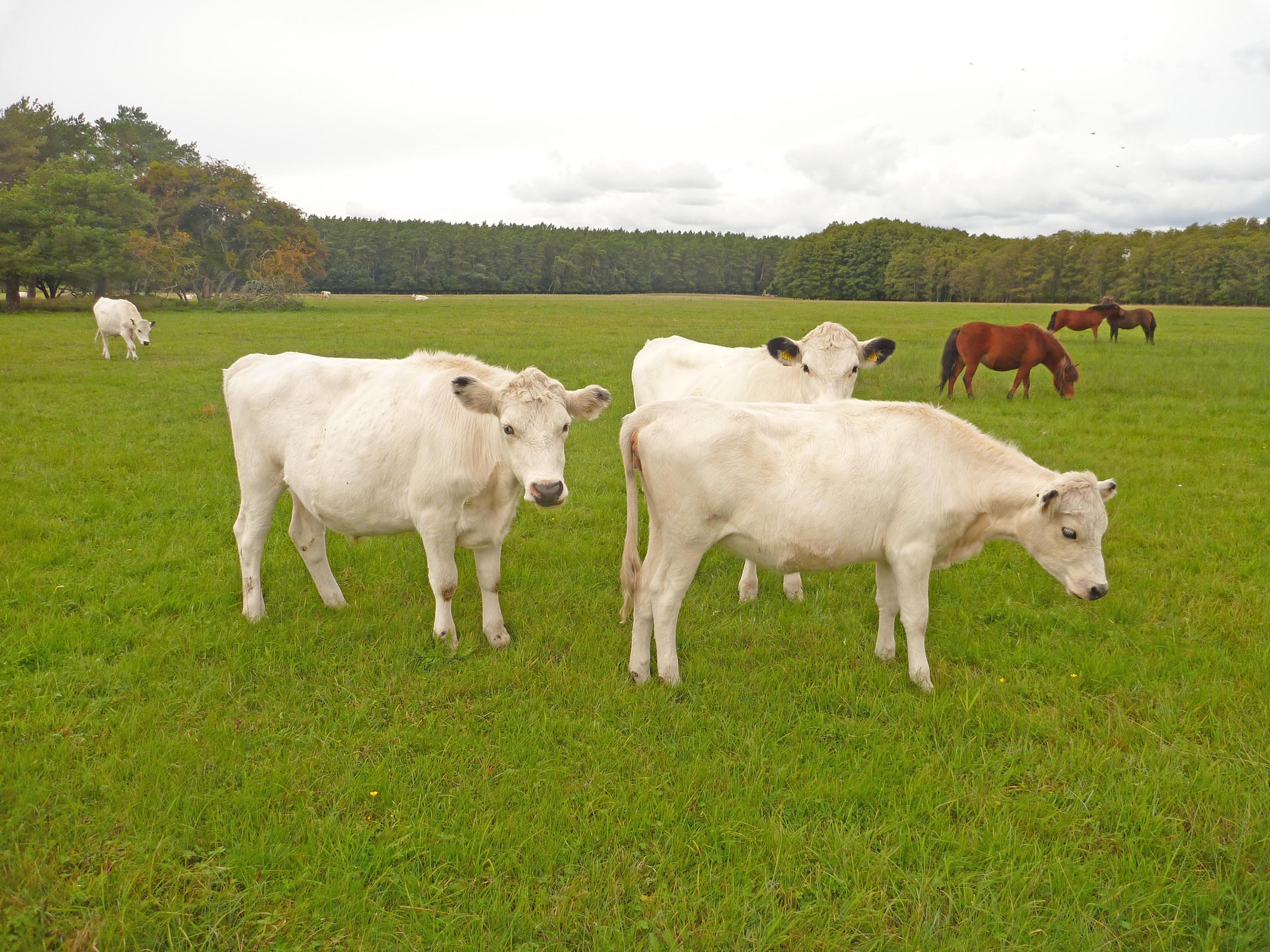Project Realization
- The dissemination data of the four species available in federal and state information systems were compiled in a project database. It was used to select occurrences that were assessed by experts in the respective German states in 2015 with regard to their suitability for further analyses.
-> Profile for asseissment [PDF] - The experts, in close consultation with the project partners, proposed approximately 100 occurrences as candidates for genetic analyses. Leaf material was collected from these occurrences in 2016.
-> Method for collection of leaf material [PDF]
-> Profile of the sampling and additional data collection [PDF] - The genetic diversity of the four species was analysed at DNA level in 2017 using microsatellites.
- The selection of at least 45 occurrences for the establishment of genetic reserves was based on genetic and pragmatic criteria (e.g. support for the establishment of genetic reserves by local authorities and persons) in 2018.
- The project partners, in consultation with local stakeholders, specified the process for establishing and operating genetic reserves and developed a model declaration of consent for land owners and managers and a declaration of support.
-> Model declaration owner/operator [PDF]
-> Model declaration for supporting institutions/persons [PDF] - Genetic reserves are planned and coordinated along with local stakeholders.
- Genetic reserves are established with the consent of land owners and managers and the identification of supporters.
- A seed sample is collected in accordance with nature conservation law and stored in the Gene Bank for Wild Plants for Food and Agriculture (Genbank WEL).
-> ENSCONET-collection instructions
 |  | ||
| Location of Apium graveolens ssp. graveolens in Saxony-Anhalt, (Photo: L. Frese) | Location of Helosciadium inundatum in Niedersachsen, (Photo: L. Frese) | ||
 |  | ||
| Location ofn Helosciadium nodiflorum in North Rhine-Westphalia, (Photo: U. Meyer-Spethmann) | Location of Helosciadium repens in Mecklenburg-Western Pomerania, (Photo: H. Ringel) |
|


